Related
It seems silly to consider a humankind withoutGarfield , as the ornery orange cat has become a keystone in pop refinement , and has been a devotee - favorite comic character ( and franchise ) since the very first strip was published in 1978 . But , think it or not , Jim Davis , the creator ofGarfield , admits thatGarfield ’s success was 10,000 to 1 , and that “ the betting odds were intemperately against me ” .
In a 2018 interview withThe Guardian , Jim Davis opens up about his calling as a cartoonist - a life history that ’s centered aroundGarfield . But beforeGarfieldwas put out ( or even conceived ) , Davis worked as an adjunct cartoonist while hear to come up with his own original comedian . Davis workshopped a number of estimate , includingGnorm GnatandJon , and he ’d send these comic cartoon strip off to newspapers across the land hoping to get published . Eventually , that tough work and persistence paid off with the innovation of the first of one thousand ofGarfieldstrips - and the balance is chronicle .
While Davis was sending out laughable strip after comic strip to paper before finally finding succeeder withGarfield , he certainly was n’t the only cartoonist doing it . In The Guardian piece , Jim Davis calculate back on how truly vehement the competition was .
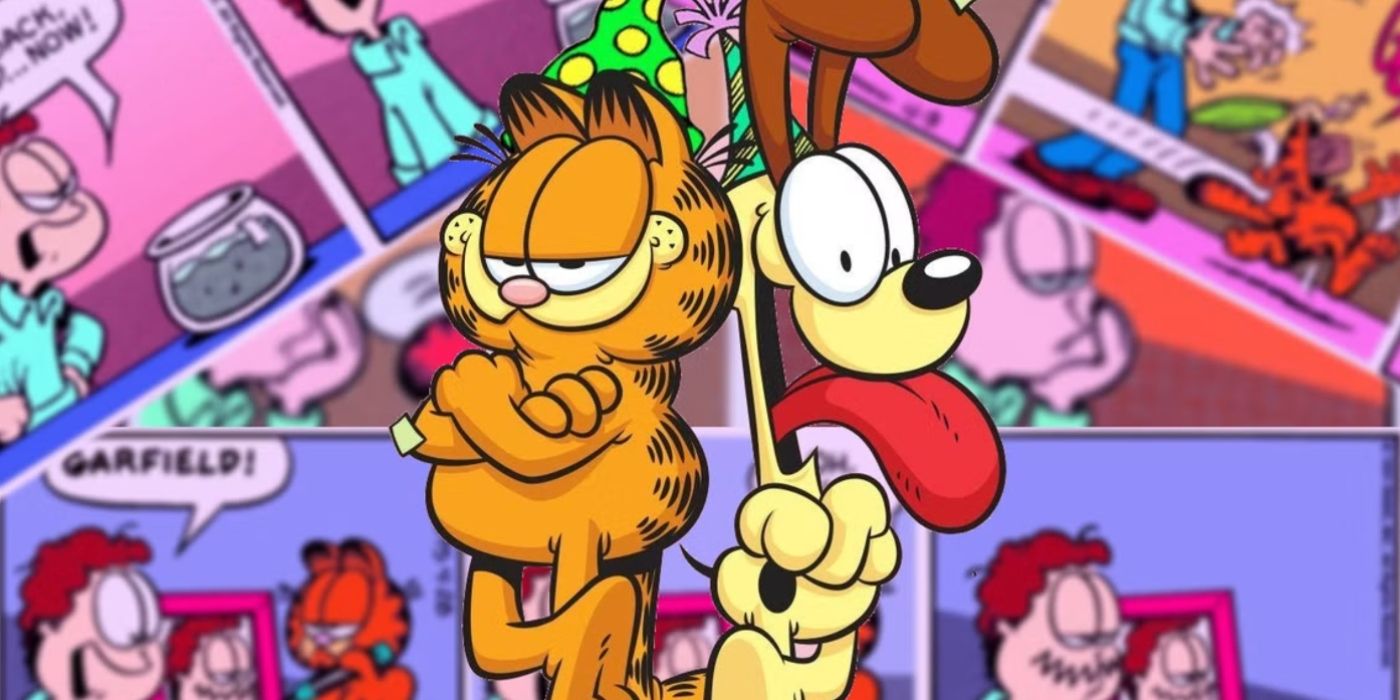
Jim Davis : Newspaper mob were dumbfound decade of thousands of entry from hopeful cartoonists a year and taking one or two . The odds were heavily against me .
So , how did Jim Davis succeed where so many other cartoonists of his epoch bomb ? Why didGarfieldbecome one of the chosen few ? While the risible strip is patently hilarious , it also has another constituent that works in its favour : Garfieldis timeless .
Jim Davis Beat the Odds By Making Garfield Truly Timeless
GarfieldFamously Doesn’t Get Political
While luck may have certainly played a part inGarfieldbeing opt by paper syndicate back in the late ‘ 70s , it wasJim Davis ’ decision to keepGarfieldaway from political or big - handed social commentarythat was the reason for the comic strip ’s success . Rather than giving Garfield a political legal opinion or schedule specific to the time period ( and only relatable to some ) , Davis decided to focus on things that everyone could both relate to and laugh at .
Garfield does n’t remark on the current presidential brass or recent Supreme Court decisions , he makes jokes that have to deal with eating and quiescence - something everyone does and will persist in to do . And when Garfield is n’t tackling topic that literally everyone can relate to , he ’s simply being funny with kooky gags and clever jokes . A pie to the face , a japery on Jon , or a foreign mission to squish a spider offering punchlines that have nothing to do with the social or political climate of the time , making a randomGarfieldstrip from the ‘ eighty just as hilarious now as it was then .
Jim Davis also admits that there ’s another reason he ’s keptGarfieldaway from politics : he conceive himself incompetent to speak on such matter . Davis says that the newspapers in whichGarfieldis publish do a much better line of work of covering real - world issues than he ever could . Plus , Garfieldis the one smear in a newspaper that does n’t handle politics , making it a courteous respite for readers . Garfieldis a reminder that , no matter how dramatically the world is change all the time , humans as a whole never change - and that timeless existence is whyGarfieldis so iconic today .
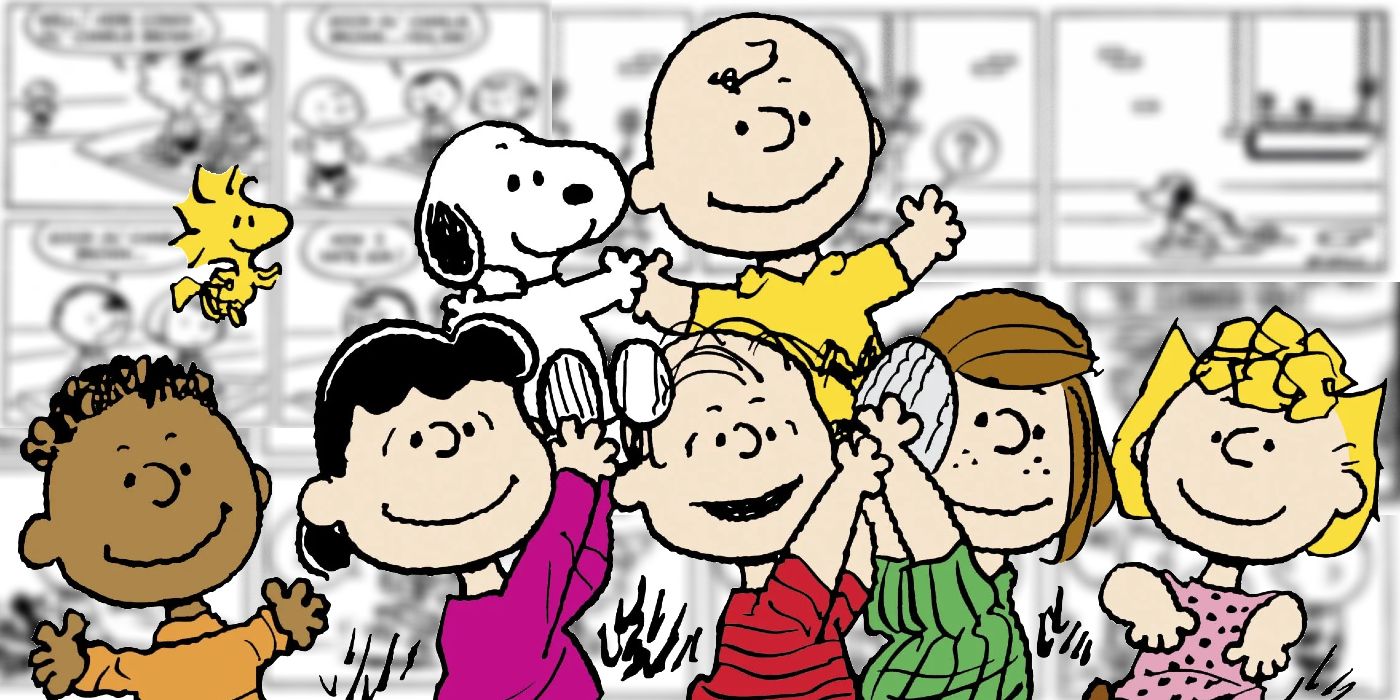
Jim Davis Reveals Another Secret to Garfield’s Success: Marketability
Davis Filled a Niche Void in the Comic Strip Market withGarfield
WhileGarfield ’s contentedness is timeless , with jokes that never pretend into the realm of political sympathies and or else focus on thing everyone can always relate to / find mirthful , that is n’t the only secret toGarfield ’s success . Back when Jim Davis was still workshopping risible comic strip to send to newspaper publisher , he trickle through a few ideas that did n’t quite attain the mark . One of the first was a comic namedGnorm Gnat , which keep an eye on the titular gnat in a manner nearly ( and sometimes literally ) identical toGarfield . However , as one newspaper editor once tell Davis , bugs are n’t relatable .
So , Davis swivel to a human character with the comicJon , which come after the humorous , gag - filled life of the cartoonist Jon Arbuckle . While well received thanGnorm Gnat , as Jon was certainly more relatable than a hemipteron , there was still something missing : marketability . Davis knew that he needed a character that immediately stand up out to readers , and while workshopping idea and seeing what other pop comic landing strip were doing at the time , he discover that there were n’t many cats in the comic strip medium . So , Davis filled that niche null in the comic strip market , and thus , Garfieldwas born .
Garfield being a computed axial tomography was once totally up in the atmosphere at the start of Jim Davis ' life history , and the reason why he made him a cat is amazingly simple .
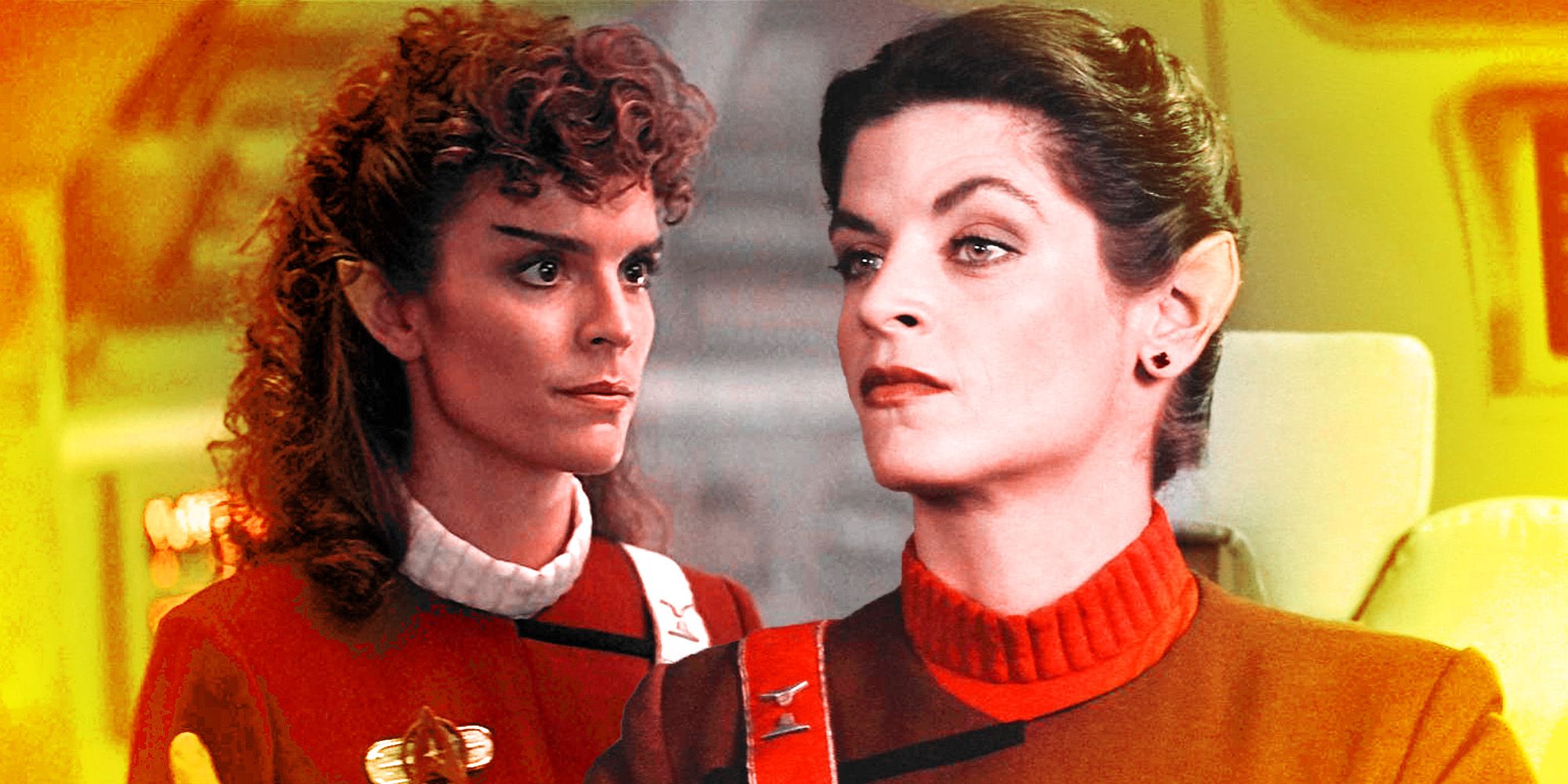
Every creative and commercial determination Jim Davis made withGarfieldat the outset of the strip ’s syndication was the veracious one - from staying forth from politics and focusing on more timeless laugh , to create a highly marketable grapheme . And whileGarfield ’s popularity is a yield now thanks to those pick , that was n’t always the pillowcase , asGarfield ’s success was quite literally 10,000 to 1 .
Source : The Guardian
Garfield is the central fictional character in Jim Davis ’s comic strip , which officially began in 1978 under the same name . Garfield is an orangish tabby computed tomography with a love of lasagna and a disdain for Mondays . He be given to torment his owner and dog while render to secure more food - and quiet .
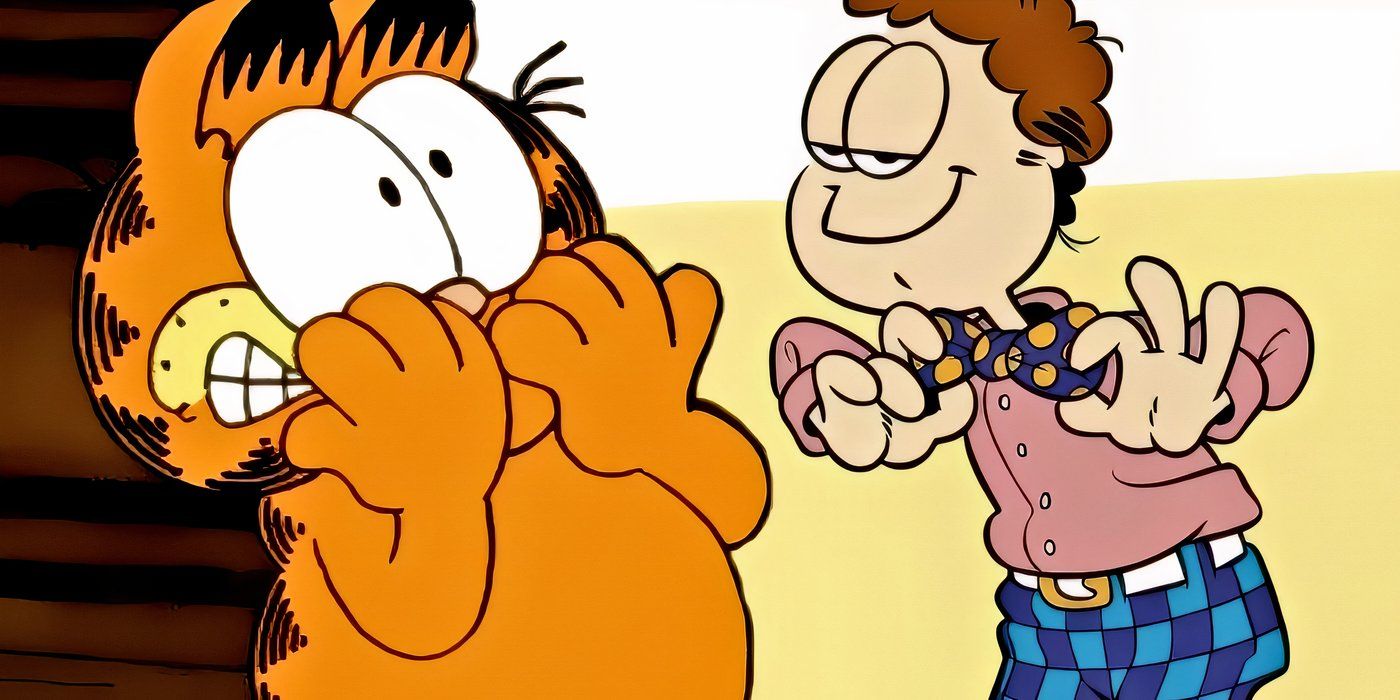

Garfield is the central character in Jim Davis’s comic strip, which officially began in 1978 under the same name. Garfield is an orange tabby cat with a love of lasagna and a disdain for Mondays. He tends to torment his owner and dog while trying to secure more food - and quiet.

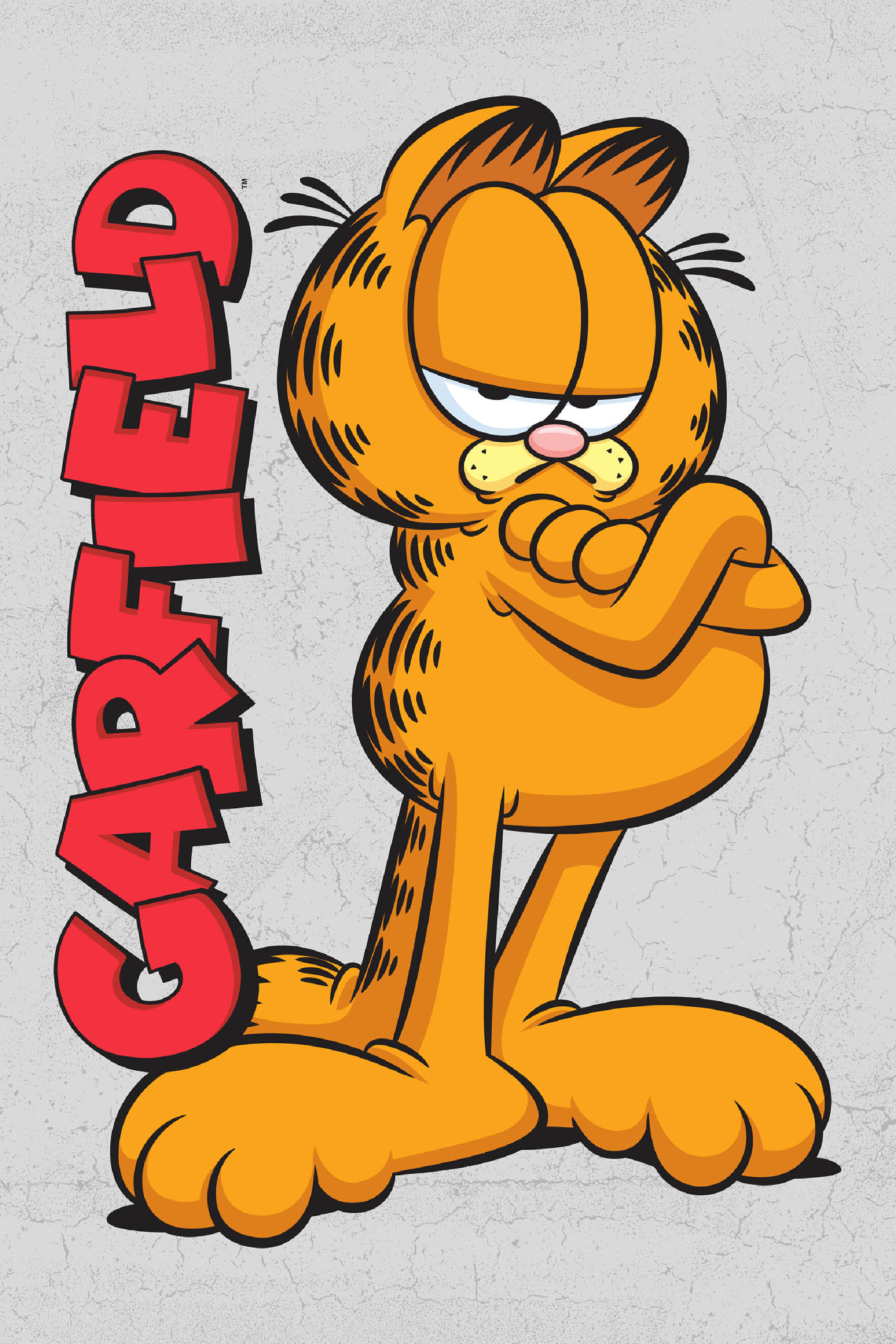
Garfield is the central character in Jim Davis’s comic strip, which officially began in 1978 under the same name. Garfield is an orange tabby cat with a love of lasagna and a disdain for Mondays. He tends to torment his owner and dog while trying to secure more food - and quiet.
